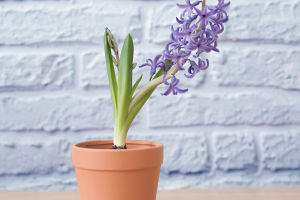Floral Emblems Around
The accordion, belonging to the family of free-reed instruments, is a versatile musical instrument capable of both solo performances and accompaniment.
Structurally, it can be broadly categorized into four types: diatonic accordion, chromatic accordion, key-operated accordion, and keyboard accordion.
Also known as a squeezebox, the accordion boasts a unique capability to produce both single melodic lines and complex harmonic textures, akin to a miniature orchestra. Its grand and resonant sound, coupled with the agility of fingers and bellows, enables it to render a wide array of musical styles with unparalleled expressiveness. Beyond its capacity for standalone performances, the accordion seamlessly integrates into ensemble settings, enhancing repertoire and ensemble arrangements.
In addition to its musical versatility, the accordion's compact size, portability, and ease of learning make it an ideal instrument for performers of all ages. Its adaptability allows for easy transportation to various venues, from schools to theaters, ensuring accessibility and entertainment value for diverse audiences.
Historically, the accordion traces its roots back to the introduction of the Chinese instrument "sheng" to Europe in 1777 by the Italian missionary Fr. Amoit. Early attempts to replicate the sheng's reed articulation in Europe led to the development of precursor instruments, although many failed to gain traction. It was not until 1821 when German inventor Friedrich Buschmann created the first hand-pulled organ, integrating a mouth-blown organ with hand-controlled wind chests and key knobs. Building upon Buschmann's innovation, Austrian inventor Cyrill Demian further refined the design, leading to the creation of the modern accordion in 1822.
Today, the accordion remains a ubiquitous instrument worldwide, maintaining its relevance and popularity across diverse musical traditions and genres. Its adaptability to different playing styles and the availability of various types and specifications cater to the preferences and requirements of musicians worldwide. The diatonic accordion, characterized by its simple structure and limited transpositional capabilities, features a basic layout of key knobs for playing melodies and chord buttons for accompaniment. However, its inability to transpose limits its versatility, requiring a change of instrument for different keys.
In contrast, the chromatic accordion offers greater flexibility in transposition, with an expanded range of key knobs for both melody and accompaniment. By manipulating the bellows, players can produce a wide range of pitches, resulting in a more diverse musical palette. Despite its enhanced capabilities, the chromatic accordion shares the same ergonomic design as the diatonic accordion, relying solely on manual support during performance.
The key-operated accordion, also known as the bayan or new chromatic accordion, represents a significant advancement in accordion design. Equipped with a shoulder strap, it liberates the player's hands, allowing for greater freedom of movement. With consistent pitch production across bellows movement and an expanded button layout for accompaniment, the key accordion offers unparalleled versatility and ease of use, making it a preferred choice among contemporary accordionists.
The accordion's rich history, diverse types, and inherent versatility position it as a cherished musical instrument with enduring appeal. From its humble origins to its modern iterations, the accordion continues to captivate audiences and inspire musicians worldwide.


